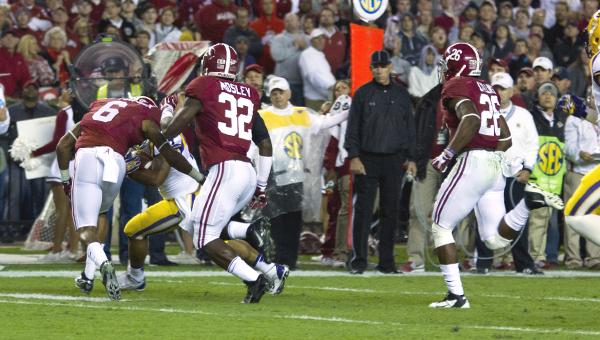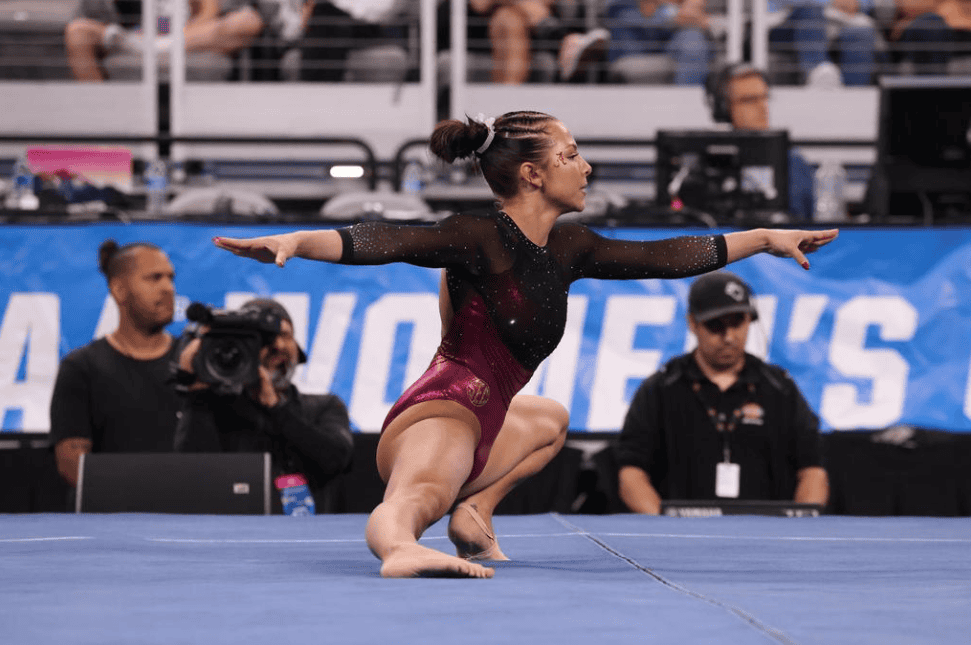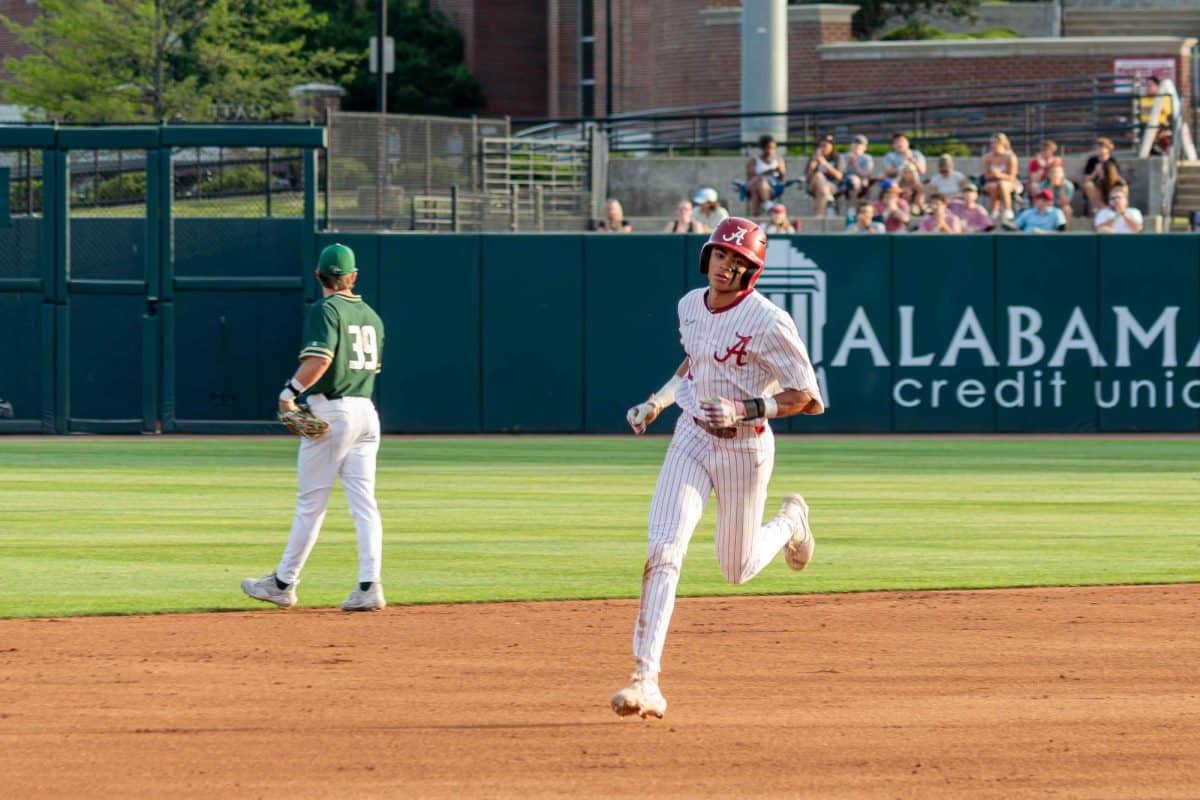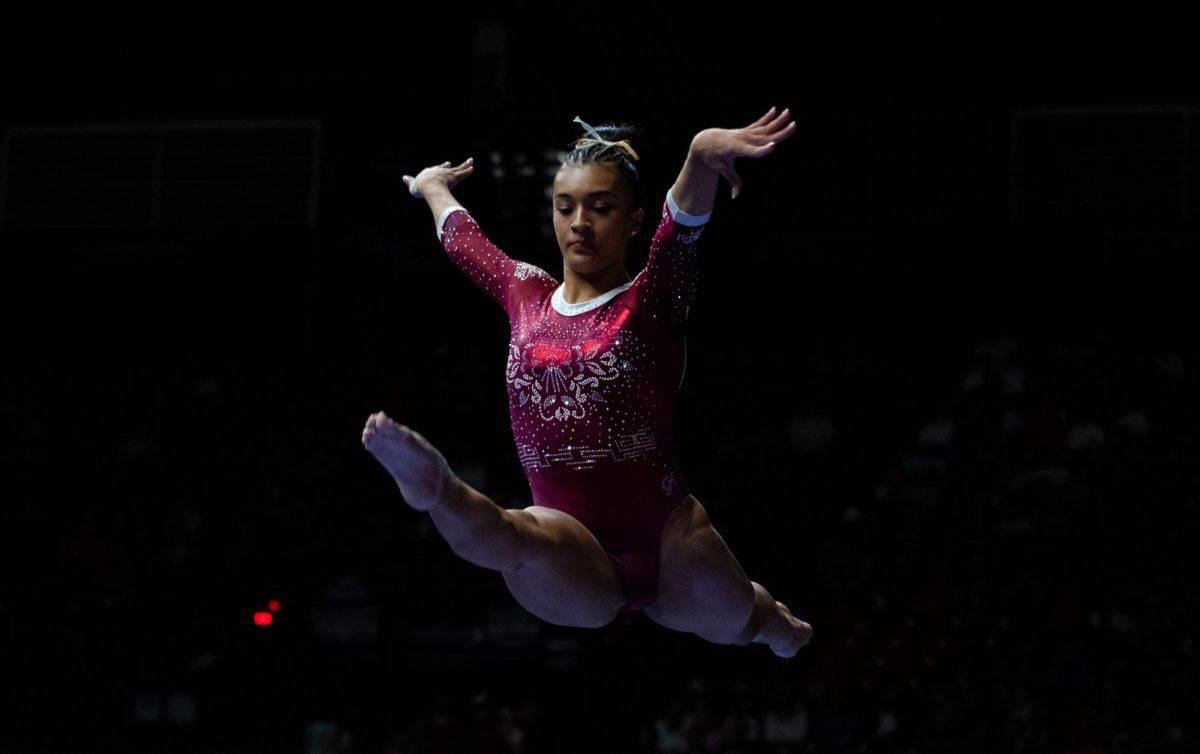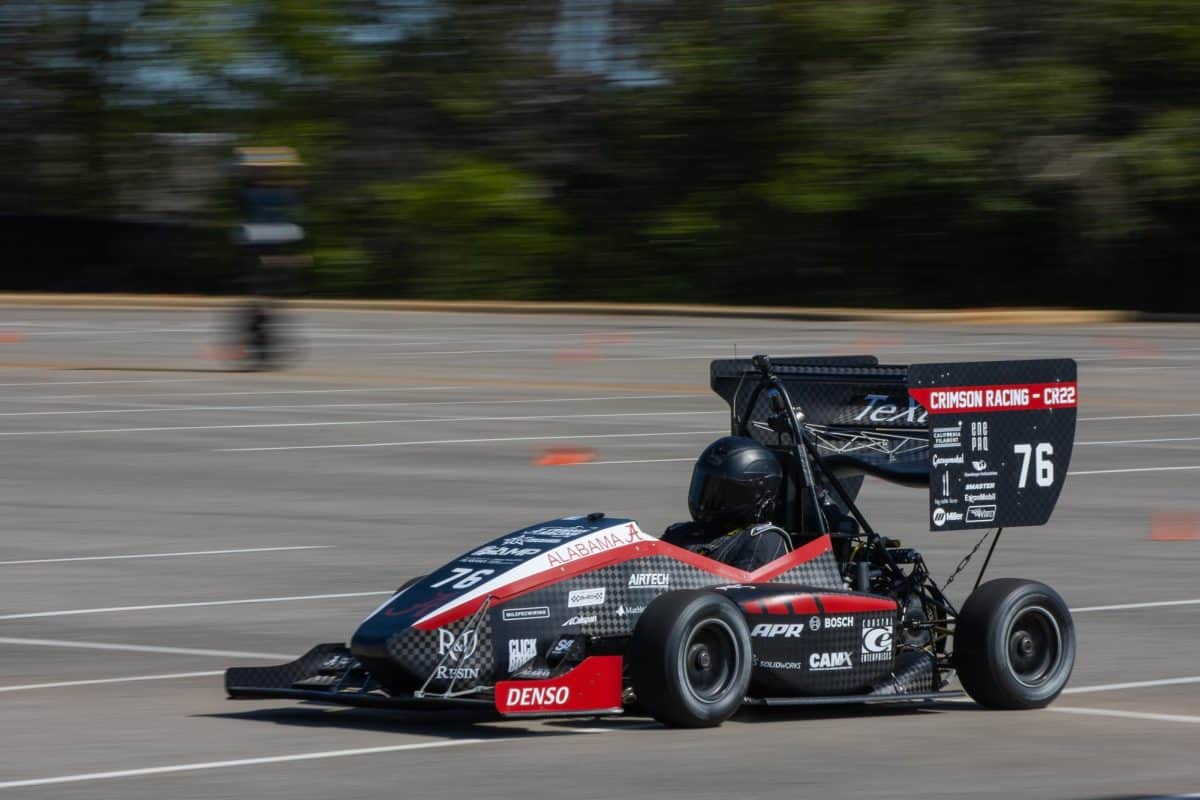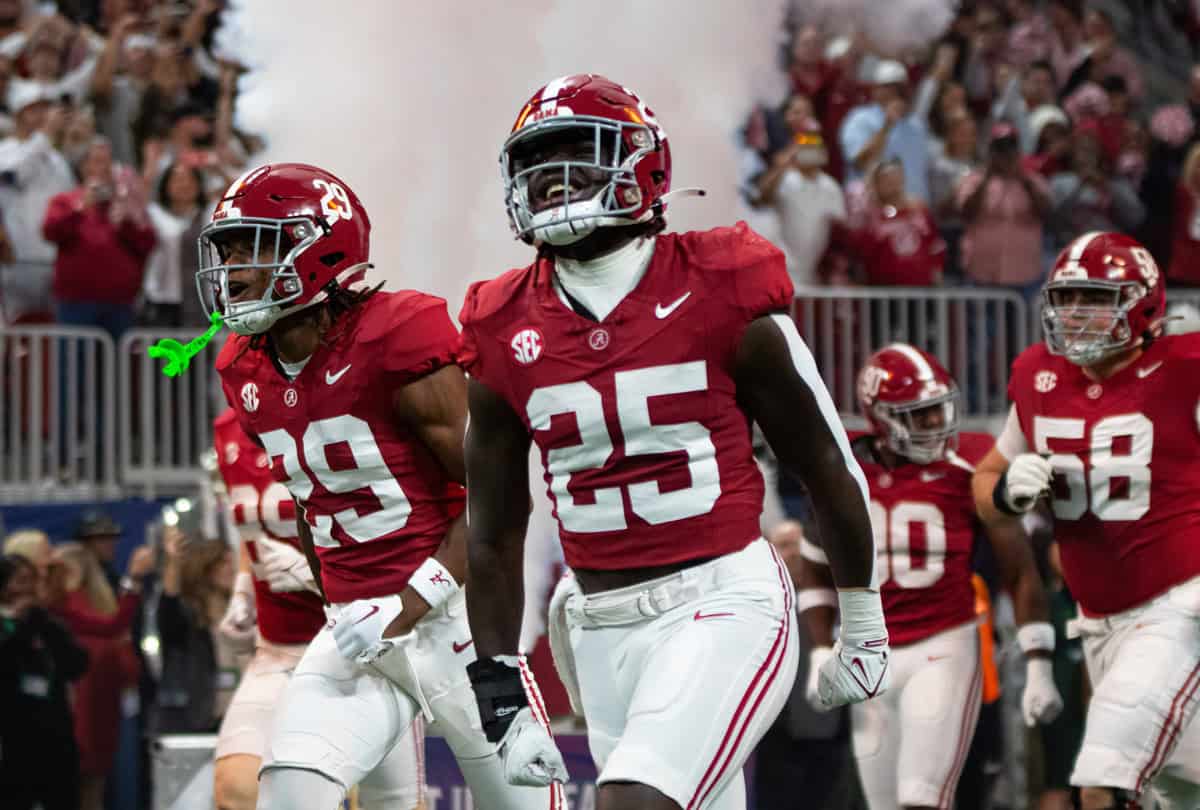The ball arched through the air and fell into the waiting hands of Walker, just before the wide receiver met the left shoulder of safety Ha Ha Clinton-Dix, separating the ball from the receiver and the receiver from the ground. Flags flew, and Clinton-Dix was called for a targeting foul, an ?automatic ejection and 15-yard penalty.
The hit was powerful, eliciting gestures and protests from the Aggies bench, who, like the referees, were only a few feet from the play. But it wasn’t targeting, as replays would show.
Beginning in the 2014 season, the 15-yard penalty will be able to be overturned when the targeting call is not accompanied by a different personal foul call. Under the 2013 targeting rule, however, the 15-yard penalty could not be overturned.
The targeting call remains one of the most controversial in the game, one of the few calls that can drastically affect a game’s outcome after only one occurrence – a difficult call to make, exacerbated by ?confusion by fans and players alike over what ?qualifies as targeting.
The two rules collectively referred to as the targeting foul, rule 9-1-3 and 9-1-4 in the NCAA 2013-2014 football rulebook read ?as follows:
“No player shall target and initiate contact against an opponent with the crown (top) of his helmet. When in question, it is a foul. No player shall target and initiate contact to the head or neck area of a defenseless opponent with the helmet, forearm, hand, fist, elbow or shoulder. When in ?question, it is a foul.”
For the first rule to come into effect, a player must lower his head and initiate forcible contact with the top of his helmet. Contact with the sides of the helmet does not qualify as targeting. Only an intentional ramming with the top of the helmet would elicit the call.
The second rule is the more controversial and is the call that would have been in effect with Clinton-Dix. A defenseless player is any player who is in the act of or has just completed throwing or catching a ball, kicking a ball, or any player clearly removed from a play.
Quarterbacks are ruled defenseless after turnovers, and a player whose forward progress has been halted becomes defenseless. Any of those players cannot legally be initially and forcibly contacted above the shoulder pads.

